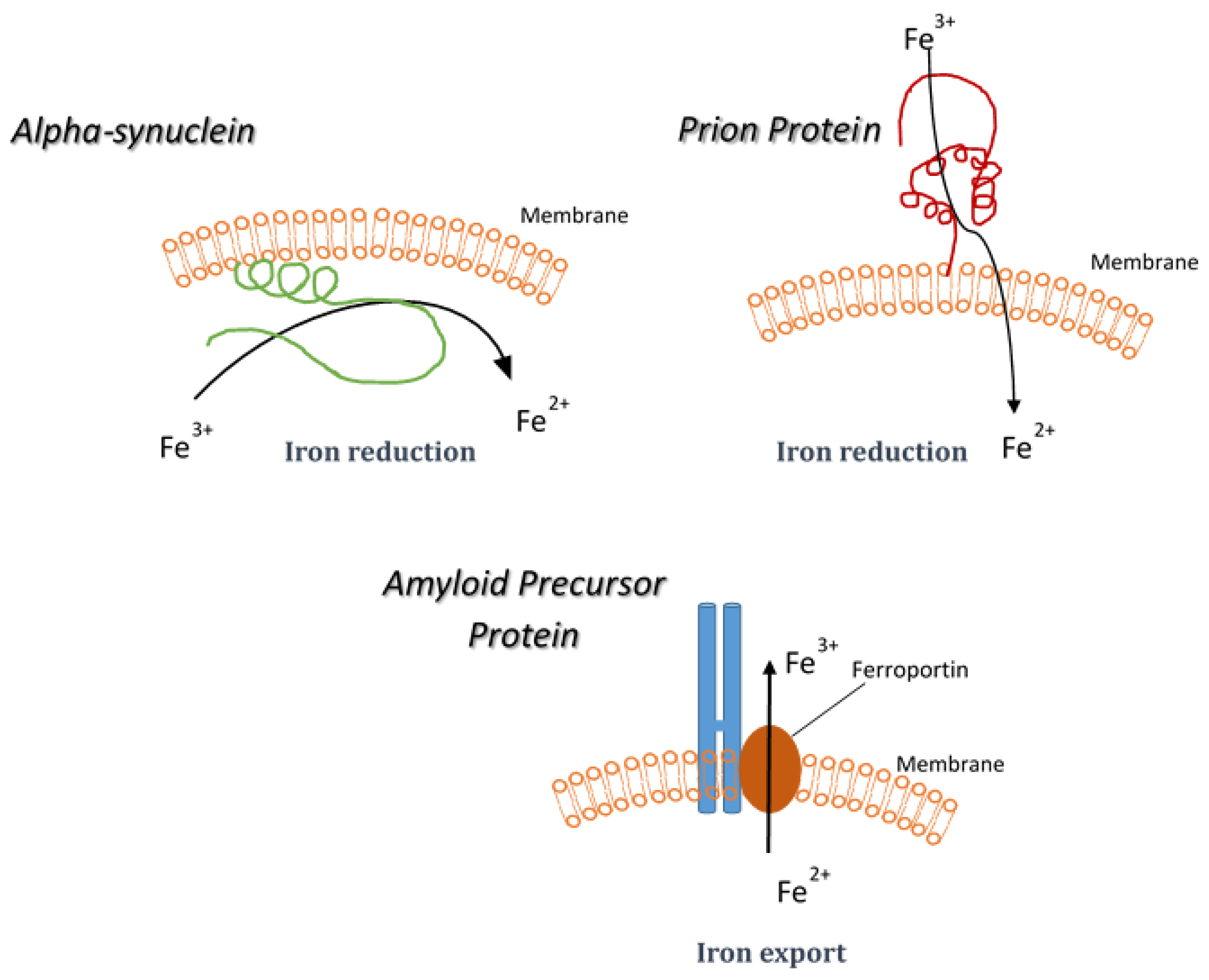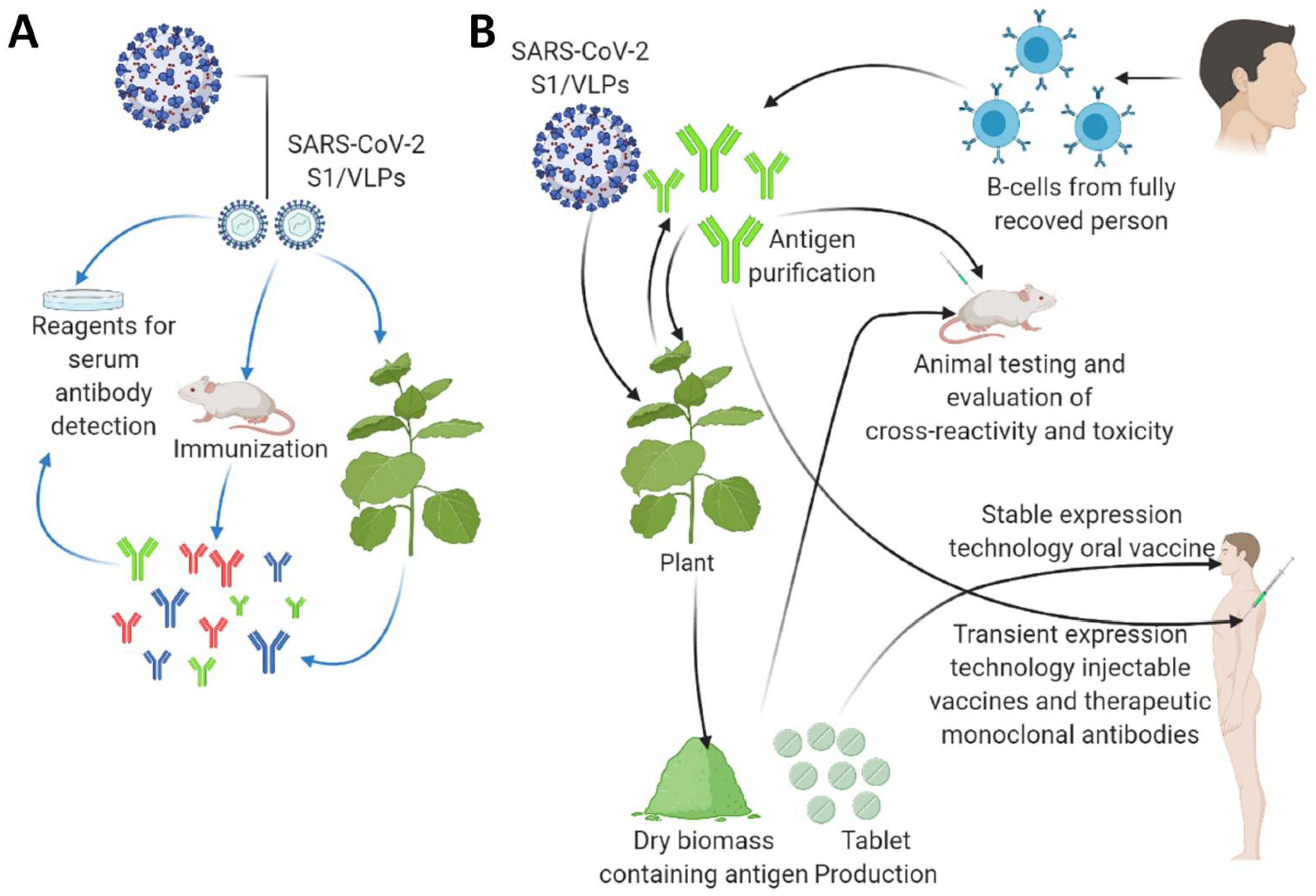Fuel Economy Regulation Which Stimulates the Use of Aluminum-based Components
Demand for flat rolled aluminum products in North America is expected to continue to grow with higher pace than in other parts of the world - especially in the automotive sector - due to fuel. 160 February 1988 FiC Burean of Ecooomics working papers are preliminary materials circulated to stimulate discussion and critical commeot All data cootained in them are in the pnblic domaio.

Metals Free Full Text Iron Aging And Neurodegeneration Html
The fuel economy of an FFV running on E85 is calculated by ignoring the ethanol volume and only using the gasoline volume thereby dramatically inflating the fuel economy value.

. Final rule that set new methods for calculating fuel economy label estimates posted on window stickers of new cars and trucks for model years 2008 and beyond. And to require fuel economy labeling for medium-duty passenger. By BRAD PLUMER and NADJA POPOVICH APRIL 3 2018.
Therefore the research is focusing on the improvement of the weight-to-power ratio of this type of engines. Additionally an aluminum-fueled power system is simpler to start up and shut down than are gasoline engines and the system operates in extreme environments such as beneath the sea. The issue with todays.
The prime reason for using steel in the body structure is its inherent capability to absorb impact energy in a crash situation. 13 FFVs can also help an OEM meet its CAFE requirements. Manufacturer of aluminium alloys Braidy Industries plan to.
Materials used for making cars parts and components along with future trends are steel aluminum magnesium copper plastics and carbon fibers. Kleit WORKING PAPER NO. Instead of increasing fuel economy light-duty vehicles must decrease the gallons consumed per mile.
The fuel consumption standard is inversely equivalent to the fuel economy standard. ARLINGTON VA October 29 2018 Last Friday the Aluminum Associations Transportation Group ATG submitted comments urging the National Highway Transportation Safety Administration NHTSA and the Environmental Protection Agency EPA to pursue data-driven decision making in its final vehicle fuel economy rulemaking. Amino acids stimulate insulin release gastric-inhibitory peptide GIP and glucagon-like peptide 1 GLP-1 aid in insulin release and epinephrine secreted in response to fasting stress and exercise decreases the release of insulin.
EPA must also address emission products of such fuel or fuel. Aluminum will directly reduce the automobiles body structure weight by 50 percent without compromising its performance saving typically 300 pounds in a mid-sized sedan. Lightweight plastics and polymer based components 3.
Fuel economy regulations now widespread will be strengthened in the long term but the direction and progress differs by country which reflects the differences in the situation of each country and region such as the existence of consensus for better fuel economy and lower CO2 emissions and automotive industry policy. As a general rule a weight reduction of 10 percent can increase the vehicles fuel economy by 6 to 8 percent. For the Chinese vehicle market Wang et al 2019.
Aluminum is a lighter automotive material compared to conventional heavier materials with the same or greater strength. WORKING PAPERS THE IMPACT OF AUTOMOBILE FUEL ECONOMY STANDARDS Andrew N. Furthermore we also reference the fuel economy regulation compliance cost of ICEVs found by Wang et al.
The automotive composite materials. In terms of global trends Europe and North America are leading the world in strengthening their regulations for automotive fuel economy and curbing. On Monday the Trump administration formally declared that Obama-era fuel.
The Clean Air Act requires EPA to regulate fuels and fuel additives for use in motor vehicle motor vehicle engine or nonroad engine or nonroad vehicle if such fuel fuel additive or any emission products causes or contributes to air or water pollution that may endanger the public health or welfare. The massive use of Diesel engines. Russian aluminium giant Rusal and US.
The overall fuel economy is found by averaging the mpg values of the vehicle running on E85 and running on regular gasoline. A 2010 rule raised the average fuel economy of new passenger vehicles to 341 miles per gallon mpg for model year 2016 a nearly 15 percent increase from 2011. In the end we assume that the incremental regulation compliance cost would be 135MPG in 2025 and 65MPG in 2030.
Current cost of primary aluminum 115 lb 5. The use of aluminum can potentially reduce the weight of the vehicle body. The Facts on Fuel Economy Standards.
Due to fuel economy regulation which stimulates the use of aluminium-based components Rusal. The fuel economy figures used to determine the Gas Guzzler Tax are different from the fuel economy values provided on this web site and in the Fuel Economy Guide. The United States and Mexico have both fuel economy and GHG standards and manufacturers must satisfy both.
Neural signals coordinate insulin release with the secretory signals initiated by the ingestion of fuels. Fuel Economy Standards Compare With the Rest of the Worlds. As a light material the use of aluminum for Diesel components is desirable.
The Trump administration is in the process of rolling back Obama-era fuel economy standards which were originally set to hit an average of 545 miles per. The fuel economy improvement policy aiming at reducing CO 2 emissions which are considered to be the cause of global warming has been one of the major driving forces for regulating fuel economy. Further stimulate the use of these advanced materials in the automotive industry 1.
The tax does not depend on the actual on-the-road fuel economy which may be more or less than the EPA published value for some drivers. Significantly increase vehicle fuel economy by reducing vehicle weight 6. This energy system employs a novel aluminum-based fuel that is potentially safer more reliable and easier to refuel than alternatives.
The growth of aluminum is partly driven by the benefit of vehicle light-weighting to meet the Corporate Average Fuel Economy CAFÉ standards. A second rule finalized in 2012 aims to raise average fuel economy to up to 545 mpg for model year 2025 for a combined increase of more than 90 percent over 2011 levels. Despite this two factors limit the use of aluminum in Diesel applications.

Pdf Terrestrial Ecosystems Buffer Inputs Through Storage And Recycling Of Elements

Pdf Life Cycle Energy Savings Potential From Aluminum Intensive Vehicles

Plants Free Full Text A Comprehensive Overview On The Production Of Vaccines In Plant Based Expression Systems And The Scope Of Plant Biotechnology To Combat Against Sars Cov 2 Virus Pandemics Html
Comments
Post a Comment